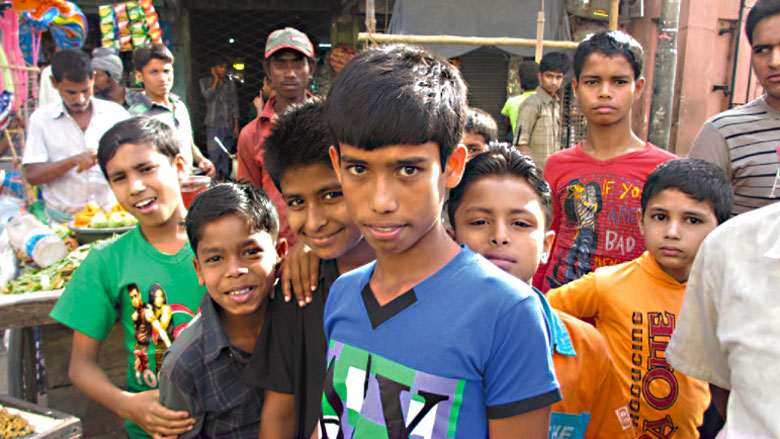More than 20 million people will join the labor force in Bangladesh in the next decade. Providing employment to these new workers, as well as the 45.2 million currently unemployed people of working age, is one of the country’s most significant development challenges. In its quest to become a middle-income country and reduce poverty, driving growth through job creation will be a critical step forward.
One way that Bangladesh has driven growth in the past decade is through exports, which doubled in world market share during the period 1995 to 2012. The garment industry, which caters largely to markets in the United States and European Union, has been a key component of this export strategy. Bangladesh is now the world’s second largest garment exporter, and the industry employed around four million people in 2014. But to truly drive its economy forward, Bangladesh will need to expand its exports beyond basic garments to new markets and new industries.
The World Bank Group report, Toward New Sources of Competitiveness in Bangladesh, identifies actions around four pillars that Bangladesh can take to accelerate its export growth:
- Breaking into new markets by improving trade facilitation and promoting economic integration with Asia;
- Breaking into new products by reducing tariffs, simplifying import taxes, and improving the environment for investment;
- Improving worker and consumer welfare by improving worker skills, literacy, and safety;
- Building a supportive environment by continuing its record of sound macroeconomics and building institutions focused on trade policy.
